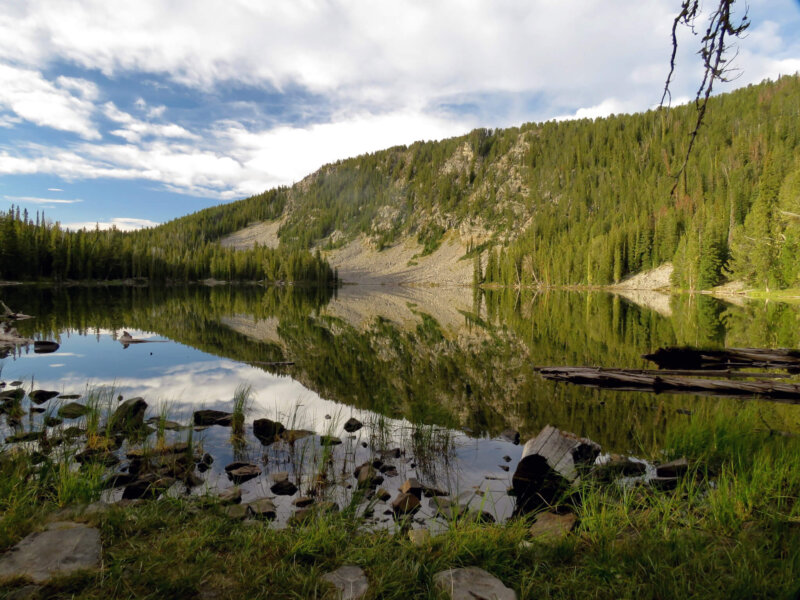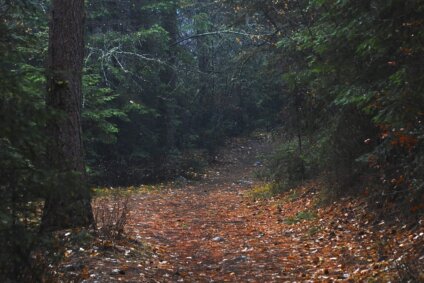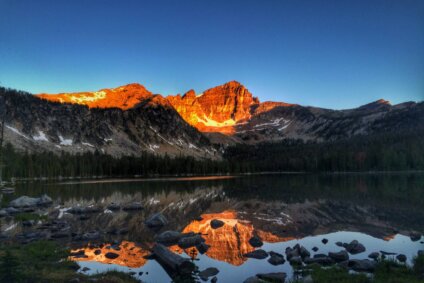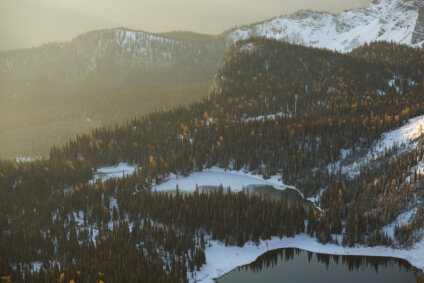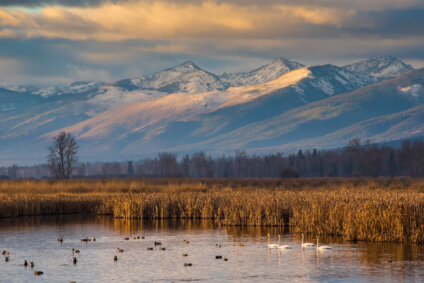When we talk about public lands in Montana, we mean lands owned by all Americans and managed by the federal government. We also mean lands owned and managed by the state.
Public lands managed by the federal government constitute about 30% of Montana’s landmass. The U.S. Forest Service, the Bureau of Land Management, the U.S. Fish and Wildlife Service, and the National Park Service are the federal agencies that manage these lands.
The Department of Natural Resources and Conservation and Montana Fish, Wildlife & Parks are the two agencies responsible for managing state lands, which constitute about 5% of Montana’s landmass.
Wild Montana engages all of these agencies, at the state and federal level, in our efforts to protect the wild, confront climate change, enhance public land access, and help communities thrive.
Public Land Acknowledgement
All lands in the United States, including public lands, are the traditional and contemporary homelands of hundreds of Indigenous nations that have lived here since time immemorial. Public lands and the idea of Wilderness were predicated on the forcible and systemic removal of Indigenous people from their ancestral lands and ways, a removal that has rippling impacts today, especially in Montana, which is home to nine reservations, 12 tribes, and an Indigenous population of around 80,000.
We honor and celebrate the historical presence of Indigenous peoples and their ongoing connections to public lands. We acknowledge that Montana’s public lands are the traditional and contemporary homelands of many Indigenous nations, including but not limited to: the Sélish (Bitterroot Salish); the Qlispé (Pend d’Oreille, Upper Kalispel); the Ktunaxa (Kootenai); the Niitstapi or Pikuni (Blackfeet); the Ne-i-yah-wahk (Plains Cree); the A’aninin (Gros Ventre); the Nakoda (Assiniboine); the Lakota and Dakota (Sioux); the Tsetsêhesêstâhase and So’taa’eo’o (Northern Cheyenne); the Apsáalooke (Crow); the Annishinabe and Métis (Little Shell Chippewa); the Nimipuu (Nez Perce); and the Shoshone-Bannock peoples.
